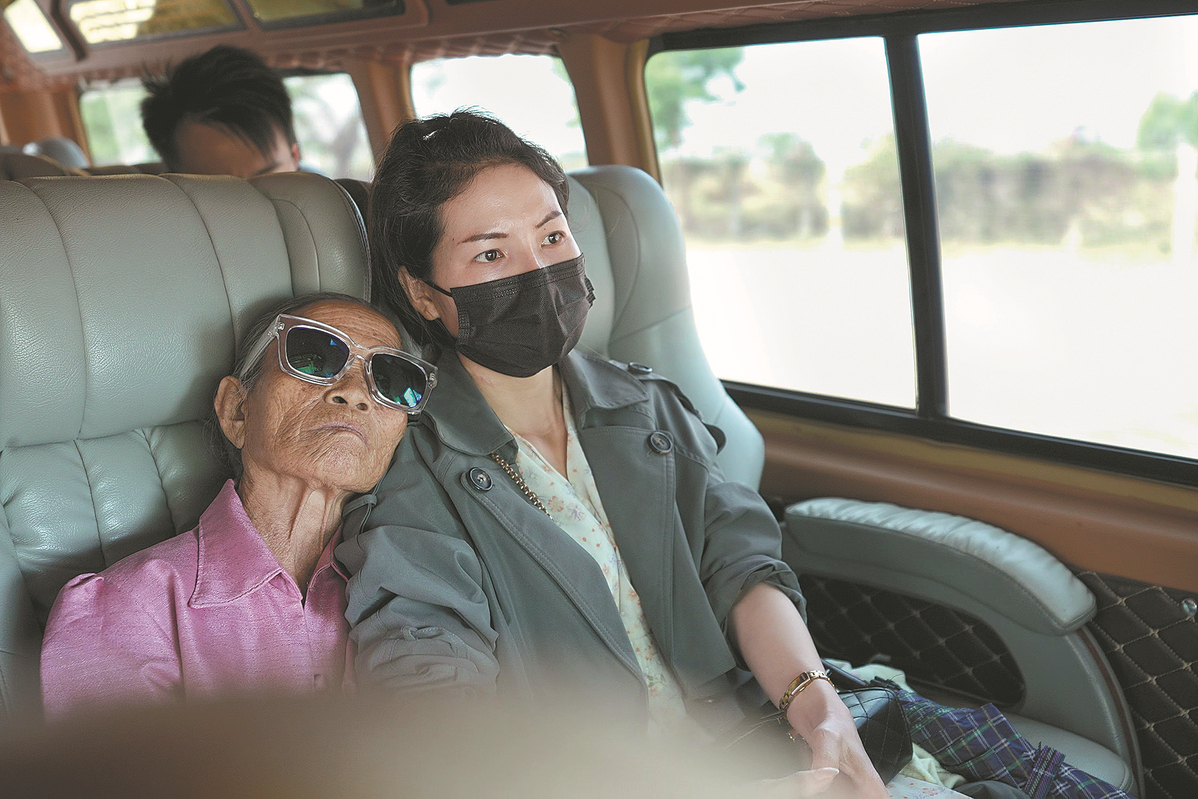Cataract program is a ray of hope for patients


Dreams become reality
Because Tilathatkimkao's degenerating vision had been left untreated for so long, the milestone operation was one of the thorniest, and biggest, tasks for Chinese surgeon Wei Leqiang. The elderly patient's operation took 35 minutes — 10 minutes longer than usual — and was one of the longest Wei had undertaken since he joined the project.
We were allowed to observe the surgery through a glass pane inside the mobile treatment center, where a mounted monitor showed the whole procedure — called phacoemulsification — in granular detail.
Initially, Tilathatkimkao lay peacefully on a surgical table that seemed oversized because of her diminutive size. The surgery was painless under local anesthesia, but her patience quickly wore off and she began writhing, fiddling, murmuring.
Wei swiftly lifted the scalpel, while three Chinese and Laotian medical assistants rushed over, soothing the restless patient with whispered words.
The makeshift surgical center, which was actually a converted van, was thoroughly sterilized and equipped, and rigorously calibrated to ensure that it was absolutely steady, according to Wei.
"When there's even a slight tremor on board, I have to adapt to it accordingly, to create something like 'sympathetic resonance'. I've mastered it," he said.
It was a grueling wait for Tilathatkimkao's youngest daughter, Pink Phetsamone, who sat in a chair as the minutes ticked away. She had mixed feelings — unease and eagerness — at the thought of her mother regaining her sight days after she brought the senior to the hospital on a motorcycle from their home on the outskirts of Vientiane.
"Having cataract surgery has been on her mind since she first mentioned it to me three years ago," Phetsamone said.























